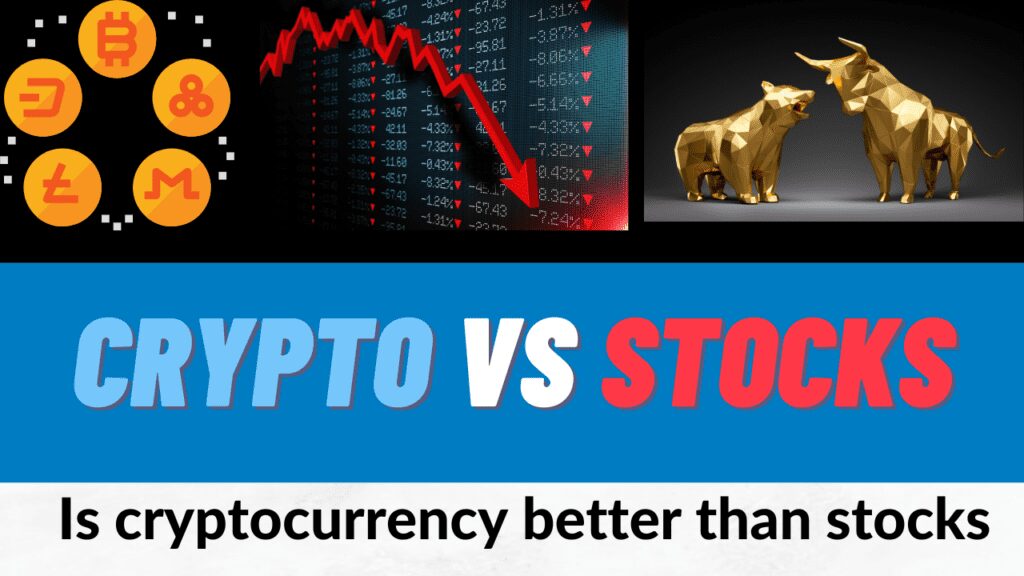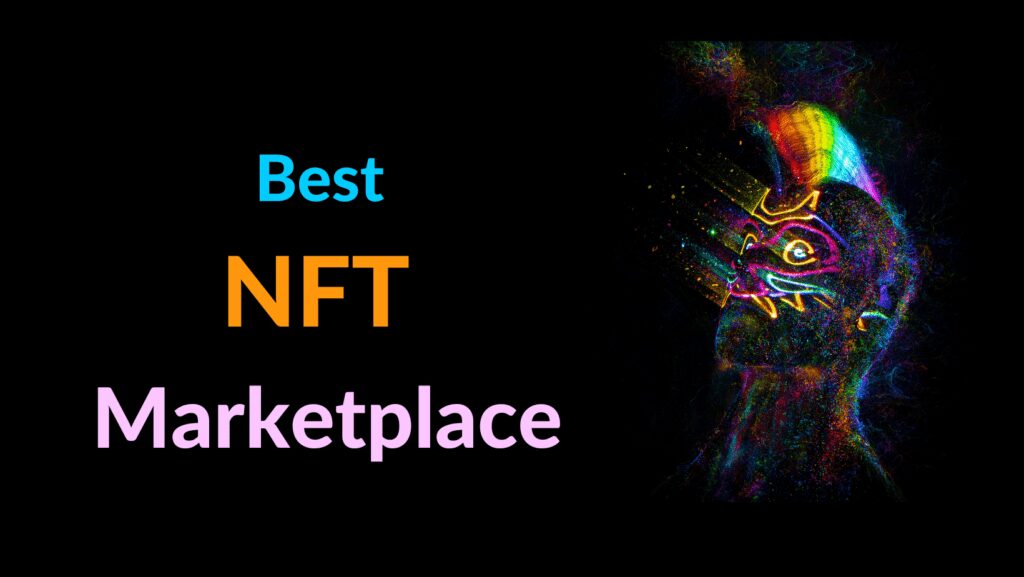Unveiling Web3: A Paradigm Shift Towards a Decentralized Future
Table of Contents
In recent years, the concept of Web3 has gained significant attention and has emerged as a transformative force within the technology landscape. Web3 represents the next phase of internet evolution, promising a decentralized and user-centric online ecosystem. Built on the foundations of blockchain technology, Web3 is set to revolutionize various industries by introducing new features, opportunities, and values. In this article, we will explore the key features of Web3 and its potential future impact.

Understanding Web3:
Web3 refers to the third iteration of the internet, which fundamentally reimagines the relationship between users and digital platforms. While Web1 (1990-2005) was characterized by static web pages and limited interactivity, and Web2 (2006-present) brought about social media, e-commerce, and cloud computing, Web3 goes a step further by leveraging blockchain technology to foster decentralization, transparency, and user empowerment.
Key Features of Web3:
- Decentralization: At the heart of Web3 lies decentralization, which eliminates the need for intermediaries and central authorities. Blockchain technology ensures that data, applications, and processes are distributed across a network of nodes, making the system more resilient, secure, and resistant to censorship.
- Cryptocurrencies and Digital Assets: Web3 introduces native digital currencies, such as Bitcoin and Ethereum, which enable peer-to-peer transactions without relying on traditional banking systems. Additionally, it facilitates the creation and management of digital assets, including non-fungible tokens (NFTs), which revolutionize ownership and monetization of digital content.
- Smart Contracts: Web3 platforms feature smart contracts, self-executing agreements that automatically enforce predefined conditions. These contracts are based on blockchain technology, enabling trustless interactions between the parties, eliminating the need for intermediaries, and reducing costs and complexities associated with traditional contracts.
- Interoperability: Web3 aims to create a cohesive ecosystem by promoting interoperability among different blockchain networks. By enabling seamless communication and exchange of assets across platforms, Web3 paves the way for a decentralized internet where users can freely move between applications without constraints.
- Privacy and Data Ownership: With Web3, users regain control over their personal data. Instead of entrusting their information to centralized entities, users can securely manage and selectively share their data using cryptographic protocols. This shift enhances privacy, mitigates the risks of data breaches, and enables users to reap the benefits of their own data.

The Future of Web3:
Web3 is still in its early stages, but it holds immense potential to reshape industries and disrupt existing business models. Here are some potential future developments and applications:
- Decentralized Finance (DeFi): Web3 has already birthed the DeFi movement, which aims to create a transparent and open financial system. DeFi applications provide innovative financial services, such as lending, borrowing, and decentralized exchanges, without relying on traditional intermediaries. As the DeFi ecosystem expands, we can expect greater financial inclusion and democratization of access to financial products and services.
- Digital Identity: Web3 has the potential to revolutionize digital identity management by creating self-sovereign identities. Users can maintain control over their identity information, selectively sharing it as needed, without relying on centralized databases. This could enhance privacy, prevent identity theft, and enable frictionless cross-platform authentication.
- Internet of Things (IoT): Web3 can integrate with IoT devices, enabling secure and decentralized communication and data exchange between devices. Blockchain-based solutions can enhance data integrity, security, and interoperability, unlocking the full potential of IoT applications across industries such as supply chain management, energy, healthcare, and more.
- Content Creation and Ownership: Web3 empowers content creators by enabling them to directly monetize their work and establish ownership rights through NFTs. Artists, musicians, writers, and other creators can sell their digital creations and retain more control over their intellectual property. This opens up new avenues for creativity and rewards creators more fairly for their contributions.
- Governance and Transparency: Web3 enables decentralized governance models through mechanisms like decentralized autonomous organizations (DAOs). DAOs allow communities to make collective decisions, allocate resources, and govern the direction of projects. This allows transparency and reduces the concentration of power in centralized entities.
Web 3 Jobs Include:
1. Blockchain Developer
2. Marketing Manager
3. Software Engineer
4. HR Specialist
5. Data Scientist
6. Compliance Specialist
and many more…
Conclusion:
Web3 represents a fundamental shift in how we interact with the internet and digital platforms. By embracing decentralization, cryptocurrencies, smart contracts, and privacy-enhancing technologies, Web3 has the potential to create a more open, transparent, and user-centric online ecosystem. As the Web3 movement continues to gain momentum, we can expect significant disruptions across industries and the emergence of innovative applications that empower individuals and communities. The future of Web3 holds immense promise, as it promises a new era of digital sovereignty, ownership, and collaboration.





